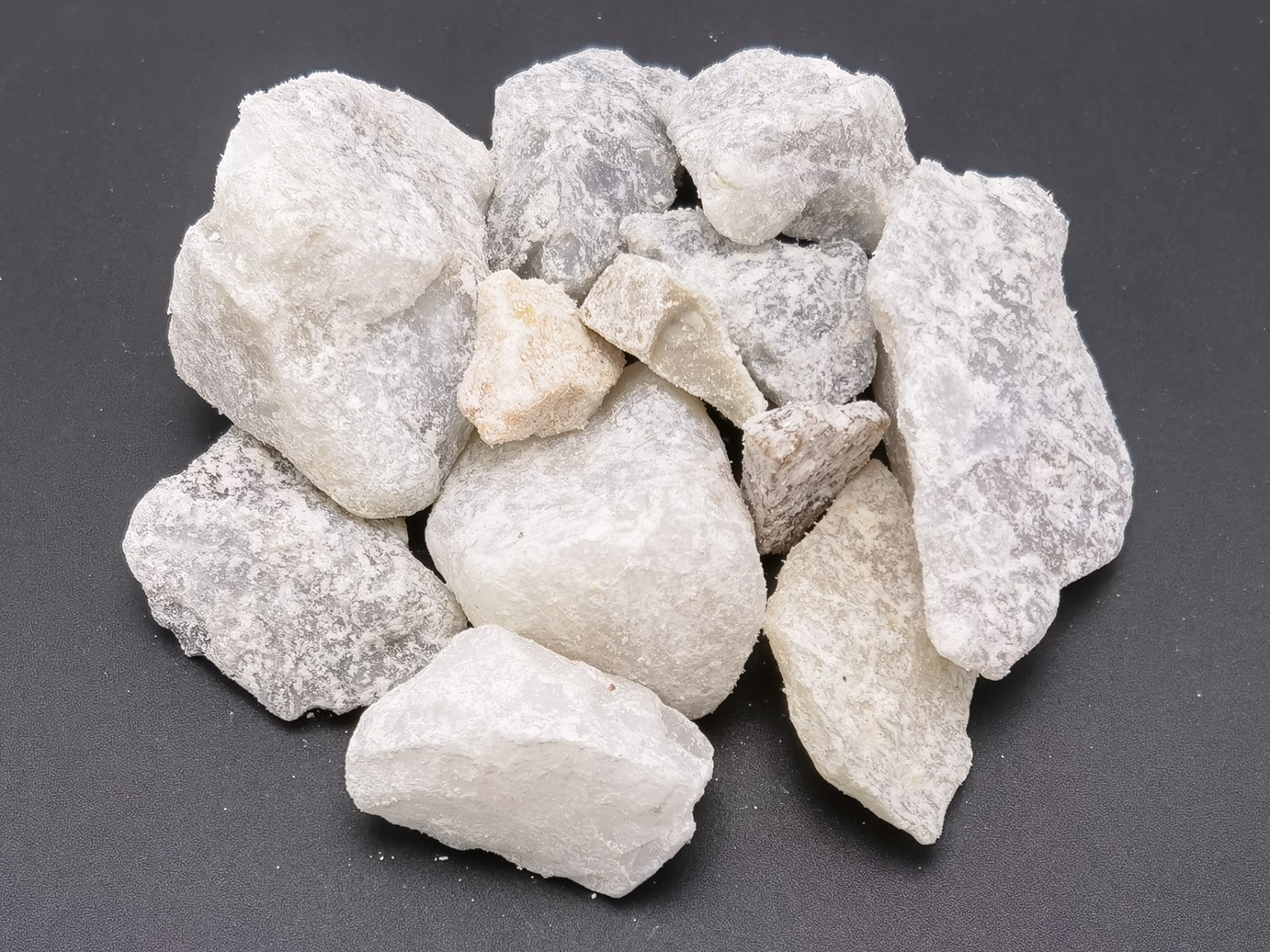Waste Water Treatment
Waste Water Treatment
Wastewater treatment is a process for removal of pollutants from wastewater or sewage, before it reaches aquifers or natural bodies of water such as rivers, lakes, estuaries, and oceans. The municipal and industrial wastewater treatment process usually involves four steps: preliminary treatment, primary treatment, secondary or biological treatment and tertiary or advanced treatment. This process aims to remove or transform the principal pollutants as follow: organic material, suspended solids, plant nutrients, microbes.
To achieve the above process, uses of alkalis are essential. There are two major roles of alkalis in water treatment: 1) to provide alkalinity to realize pH control; 2) to precipitate dissolved heavy metals and neutralize acidic wastewater. Typically used alkalis are caustic soda (NaOH) and lime (Cao or Ca(OH)2). However, Magnesium Hydroxide (Mg(OH)2) is constantly expanding its use in the field of wastewater treatment because of its special advantages as follow:
• Optimum pH control
In biological treatment process, although the environmental pH levels required by aerobic microorganisms and anaerobic microorganisms are different from each other, there are ideal pH ranges respectively for them. Mg(OH)2 is much less soluble than NaOH or Ca(OH)2 in water which results in the limited production of hydroxyl ions for neutralization. Neutralization takes place when hydroxyl ions are gradually released along with the Mg(OH)2 particle dissolving. Mg(OH)2 provides an ability of slow releasing alkalinity and excellent pH control even with an over-addition, which is much better than NaOH or Ca(OH)2.
Thus, Mg(OH)2 has a longer-lasting ability to control odor from H2S generated by anaerobic bacteria activity. Release of H2S in sewer systems creates additional problems through concrete corrosion due to conversion of H2S to sulfuric acid by bacterial action and oxidation. The life of aging concrete sewer assets can be extended by high-pressure water cleaning and then coating with Mg(OH)2 slurry, which raises the pH and eliminates the bacteria responsible for sulfuric acid production.
• More alkalinity
Magnesium Hydroxide has an alkalinity about 37% more than caustic soda and 27% more than hydrated lime on an equal weight basis. That means costs reduction on alkali consumption.
• Environmentally friendly
Magnesium Hydroxide and its slurry are non-toxic (when properly used), non-corrosive, non-hazardous and much safer to handle than caustic soda. That means costs reduction on transport, storage and management as well.
Magnesium Hydroxide helps wastewater treatment process be more efficient, lower cost, reduce BOD and COD.
IMC offers customers high-grade magnesium hydroxide slurries with low carbon footprint for wastewater treatment.
Recommended Products
Brucite is decomposed into magnesium oxide and water at 330℃, making it an excellent safe and environmentally friendly Flame-Retardant filler with characteristics of low smoke, no toxicity, negligible corrosion and cost efficiency.





